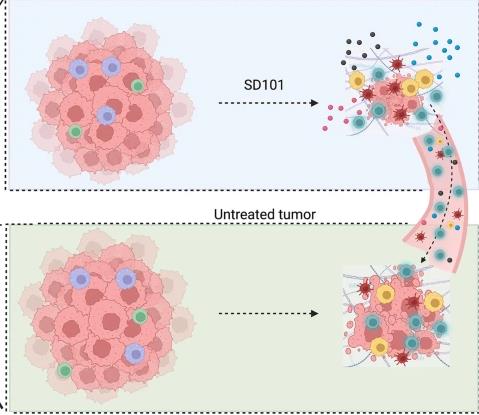Osteosarcoma (OS) is a highly malignant stromal tumor composed of mesenchymal cells that produce osteoid and immature bone. The peak of incidence is in the second decade after birth. Although relatively rare, the social impact of this type of tumor is particularly relevant. In contrast to cancer, the role of Molecular genetics of Osteosarcoma progression and its special Tumor microenvironment (TME) – bone – remains largely unknown. Although TME…
Month: July 2023
TRAF2 Is a Potential New Target for the Treatment of Advanced Renal Cell Carcinoma
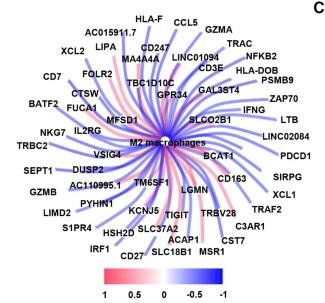
Renal cell carcinoma (RCC) is one of the top ten most common malignant tumors in both males and females worldwide, accounting for 4.2% of all new cancer cases. Clear cell carcinoma of the kidney (Ccrcc) is the most common histological subtype, originating from the proximal renal epithelial tubules and being the cause of most cancer-related deaths. It is difficult to detect early, resulting in approximately 30% of ccRCC patients…
PPARΑ Pretreatment of Agonist WY14643 Reduced Cardiomyopathy Caused By Mitochondrial Dysfunction in the Hearts of Lipopolysaccharide Treated Mice
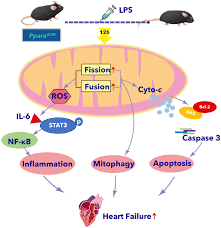
Sepsis is defined as Systemic inflammatory response syndrome (SIRS), which is the most common cause of death in ICU. The main reason for the increased mortality rate of sepsis is septic shock. Septicemia continuously damages the cardiovascular system, and cardiac dysfunction is the main cause of septic shock. Therefore, there is an urgent need for new mechanisms and effective treatment methods to treat cardiac dysfunction caused by sepsis. Recently,…
Intranasal injection of human mitochondrial protein alleviates the progression of Parkinson’s disease
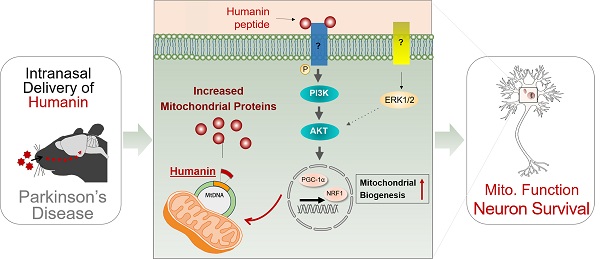
Parkinson’s disease (PD) is a common neurodegenerative disease, which has become a serious problem worldwide. The typical clinical features of Parkinson’s disease include motor manifestations such as bradykinesia, static tremors, and postural instability. Although several physiological processes are related to the pathogenesis of Parkinson’s disease, some studies have reported the central role of mitochondrial dysfunction in the pathogenesis of Parkinson’s disease. Recently, researchers from the Department of Health Sciences…
Structure and Function of the RAD51B-RAD51C-RAD51D-XRCC2 Protein Complex
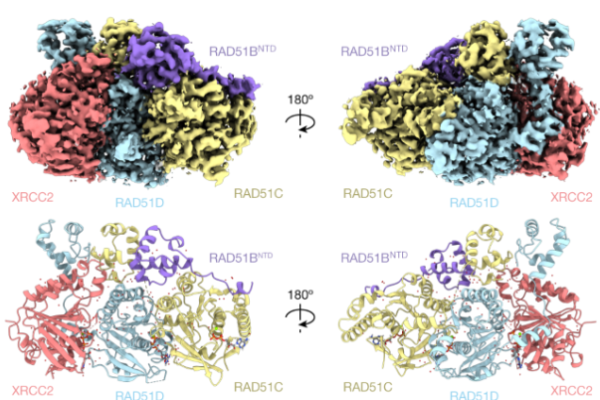
Homologous recombination is a basic process of life, which is necessary to protect and restart broken replication forks, repair chromosome breaks and exchange genetic material during meiosis. Recently, in a research report titled “Structure and function of the RAD51B-RAD51C-RAD51D-XRCC2 tumor suppressor complex” published in the journal Nature, scientists from institutions such as the Francis Crick Institute summarized the structure and function of a special protein complex, which is crucial for…
B4GALT1 Promotes Immune Escape in Lung Adenocarcinoma
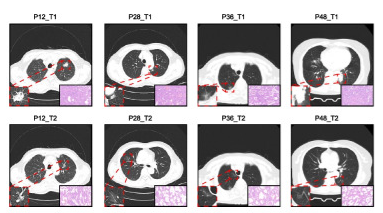
With the popularization of lung cancer screening and the clinical application of computed tomography (CT), the number of detected pulmonary nodules has significantly increased, many of which are adenocarcinoma in situ (AIS), minimally invasive adenocarcinoma (MIA), and invasive adenocarcinoma (IAC). After surgical resection, the 5-year survival rate of AIS and MIA is close to 100%, and the recurrence rate is 0%, while IAC does not have such good survival benefits….
Mutated TG2 Enzyme Promotes the Progression and Diffusion Mechanism of Prostate Cancer
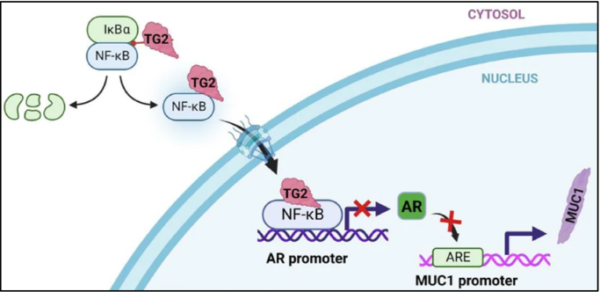
In a new study, researchers from Nottingham Trent University in the UK identified how a specific enzyme plays a key role in making prostate cancer more invasive and difficult to treat. They found that this enzyme, called transglutaminase 2 (TG2), which is abundant in many cells of the body, is responsible for driving the process leading to the progression and spread of prostate cancer. The relevant research results have recently…
